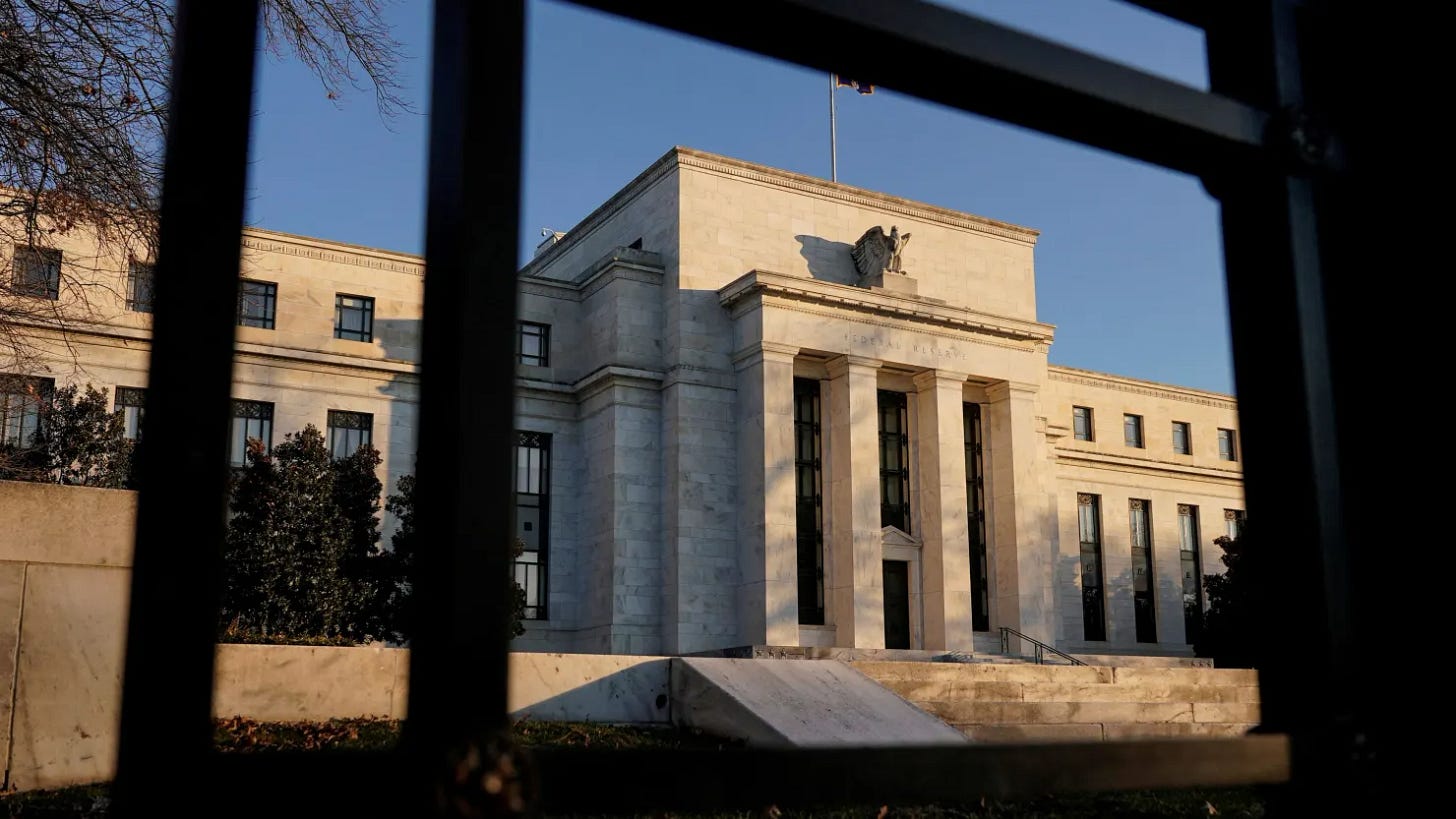Market at a Crossroads: Navigating the Maze of Stagflation Fears, Rate Cut Hopes, and a Trapped Fed
The financial markets are currently navigating a complex and contradictory landscape. In the wake of Fed Chair Jerome Powell's recent remarks at Jackson Hole, investors are grappling with a potent mix of bullish optimism and deep-seated macroeconomic anxiety. On one hand, there is a fervent hope that a cooling job market will prompt near-term interest rate cuts, propelling equities to new highs. On the other, a confluence of rising inflation fears, a historic liquidity drain, and ominous signals from the bond market points toward a potential stagflationary trap.
This creates a critical juncture for the market. Is the prevailing narrative of a soft landing and imminent rate cuts sustainable, or are investors underestimating the structural shifts occurring beneath the surface?
The Bull Case: A Bet on a Proactive Fed
The bullish argument hinges on a straightforward interpretation of recent economic data: a weakening labor market will force the Federal Reserve's hand, leading to rate cuts that will fuel the next leg up in the bull market. Proponents of this view are pointing to an S&P 500 breakout above the $6,500 level in the coming weeks.
The evidence for this outlook is rooted in the labor market. Federal data now shows it takes the average U.S. worker 24 weeks to find a new job after a layoff, a significant increase of nearly a month compared to a year ago. This "stickiness" in unemployment, combined with other headwinds like the impact of tariffs on manufacturing and a projected negative net migration for the first time in decades, is seen as a clear signal of economic slowing.
In this framework, bad news is good news. The belief is that the Fed will have no choice but to pivot toward a more accommodative policy to support employment, overriding any lingering inflation concerns. Sentiment following the Jackson Hole symposium appeared to support this, with yields on both the 2-year and 10-year Treasuries initially pointing toward a dovish shift.
The Bear Counterpoint: The Looming Stagflation Trap
However, a more cautious analysis reveals a far more precarious situation. The optimistic view overlooks several critical developments that suggest the Fed is not in a position to ride to the rescue, but is instead caught in an increasingly tight bind.
1. The End of Excess Liquidity: Perhaps the most significant, yet under-discussed, development is the complete draining of the Fed's Overnight Reverse Repo (RRP) facility. This facility, which peaked at an astonishing $2.5 trillion in late 2022, has now plummeted to just $22 billion. The RRP acted as a massive reservoir of excess liquidity, absorbing cash from money markets and providing a buffer for the financial system. Its depletion marks the definitive end of the pandemic-era liquidity flood. This is not a subtle shift; it is a multi-trillion-dollar tightening of financial conditions that removes a primary pillar of support for asset prices.
2. The Return of Inflation Fears: While bulls are focused on rate cuts, Powell's Jackson Hole speech simultaneously unleashed renewed inflation fears. The risk is that inflationary pressures are becoming re-anchored in the system, driven by factors such as the pass-through of tariffs to consumer prices. This puts the Fed in a classic stagflationary dilemma: cutting rates to combat a weakening job market could ignite an inflationary spiral.
3. Ominous Signals from the Bond Market: The bond market is flashing clear warning signs that contradict the soft-landing narrative. We are witnessing the emergence of a "bear steepener" in the yield curve. This is a dynamic where long-term interest rates rise faster than short-term rates, signaling that the market anticipates higher inflation and weaker growth in the future. Key Treasury spreads, such as the 30-year vs. the 2-year and the 30-year vs. the 5-year, are breaking out to new highs. This is not a sign of a healthy market; it indicates that the cost of long-term capital is rising, which directly pressures corporate profits and equity valuations, particularly for the long-duration growth stocks that have led the market.
Conclusion: A New Regime of Volatility
The market is at an inflection point. The bullish case is a simple bet on a return to the familiar playbook of Fed-driven liquidity. The bearish case is built on the recognition that the underlying conditions have fundamentally changed.
The depletion of the RRP is not a theoretical risk; it is a material tightening that the market has yet to fully digest. The emergence of a bear steepener suggests that bond investors are bracing for a period of persistent inflation that will keep long-term rates elevated, regardless of the Fed's near-term actions.
This puts the Federal Reserve in a trap. Faced with a weakening job market and stubborn inflation, the risk of a policy error is exceptionally high. Cutting rates could validate the bond market's inflation fears, while holding firm risks pushing a fragile economy over the edge.
For investors, this signals a new regime. The era of abundant, easy liquidity is over. The path forward is likely to be defined not by simple bets on Fed pivots, but by heightened volatility and a renewed focus on fundamental economic realities. The hope for a soft landing is colliding with the mechanics of a liquidity drain and the warnings of the bond market, and it is far from certain that hope will win out.


